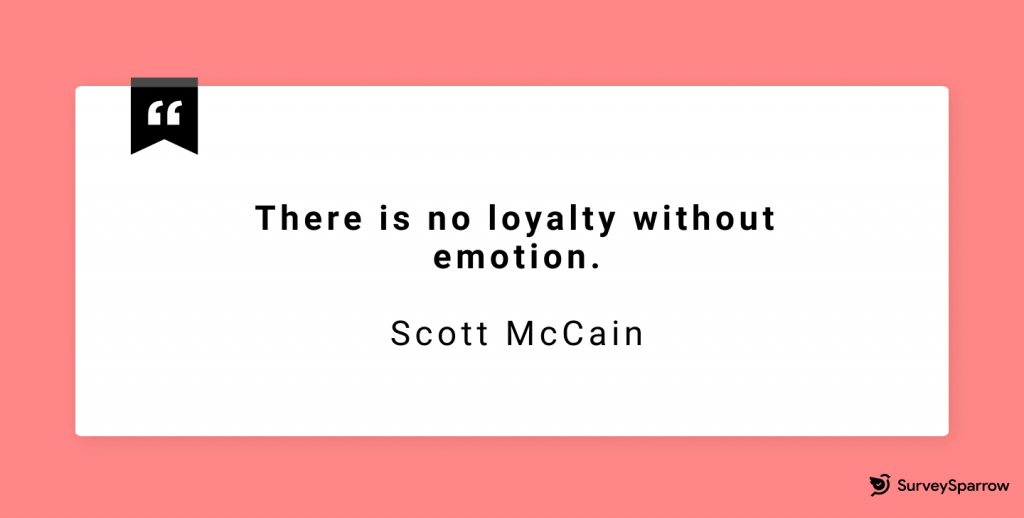Best Of
How To Measure Customer Feedback With Semantic Differential Scale: The Complete Guide
Article written by Kate Williams
Product Marketing Manager at SurveySparrow
10 min read
12 May 2025

60 Seconds Summary:
Looking to go beyond surface-level customer feedback?
Enter: Semantic Differential Scale
The Semantic Differential Scale is a powerful tool for measuring attitudes and emotions by asking respondents to rate a subject on a scale between two opposite adjectives (e.g., “happy” vs. “sad”). This approach provides deeper insights than traditional rating systems, allowing you to capture the emotional intensity behind opinions. Whether you’re looking to measure customer satisfaction, brand perception, or product feedback, this scale helps you understand how people feel, not just what they think. In SurveySparrow, creating a semantic differential scale is easy with customizable design options and real-time analytics to dive into the results. This makes it a go-to method for anyone seeking to get a true sense of customer sentiment.
Read on to know more about Semantic Differential Scale
Remember those pop-up survey notifications whenever you order food from your favourite app? That pop-up always asks you to rate your food on a scale from 1 (“ew”) to 5 (“yum”). That is a basic example of a semantic differential scale.
Now, customer satisfaction surveys are a great way to understand what customers think. But to truly know your customer (any kind of respondent really) you need to know what they feel. Traditional feedback surveys are limited in that area. So here’s how you can measure emotional feedback with the semantic differential scale.
What is a semantic differential scale?
A semantic differential scale is a measurement instrument that captures people’s attitudes and feelings by asking them to rate something between two opposite adjectives, like 'friendly' and 'unfriendly.'
Unlike standard surveys that simply ask “How satisfied are you?”, semantic differential scales reveal the emotional nuances behind customer perceptions—the difference between a customer who’s merely “not dissatisfied” versus one who’s truly “delighted.”
The semantic differential scale isn’t just another survey method. It’s backed by decades of psychological research, beginning with Charles E. Osgood in the 1940s.
While trying to understand how connotations* work, he found that three types of meanings are universally understood regardless of culture or language. These types are:
- Evaluation: This includes meanings of good to bad, safe to dangerous, excellent to poor, etc.
- Potency: High to low, strong to weak, hot to cold, etc.
- Activity: Fast to slow, active to passive, etc.
A semantic differential scale is a range of values that indicate feelings towards a subject. The scale arranges these values as levels in a 5-point or 7-point scale. The most extreme values (called “anchors”) are at opposite ends of the scale.
*Side note:
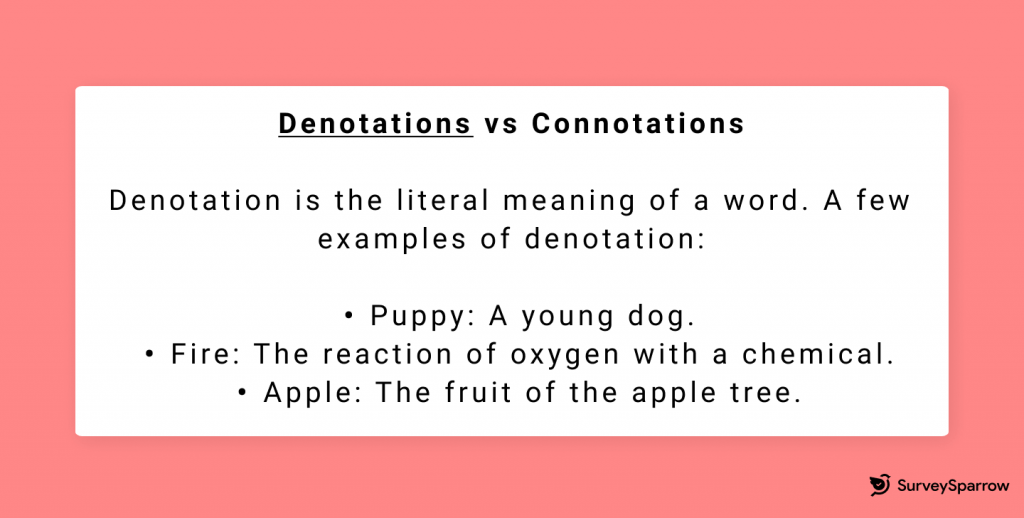
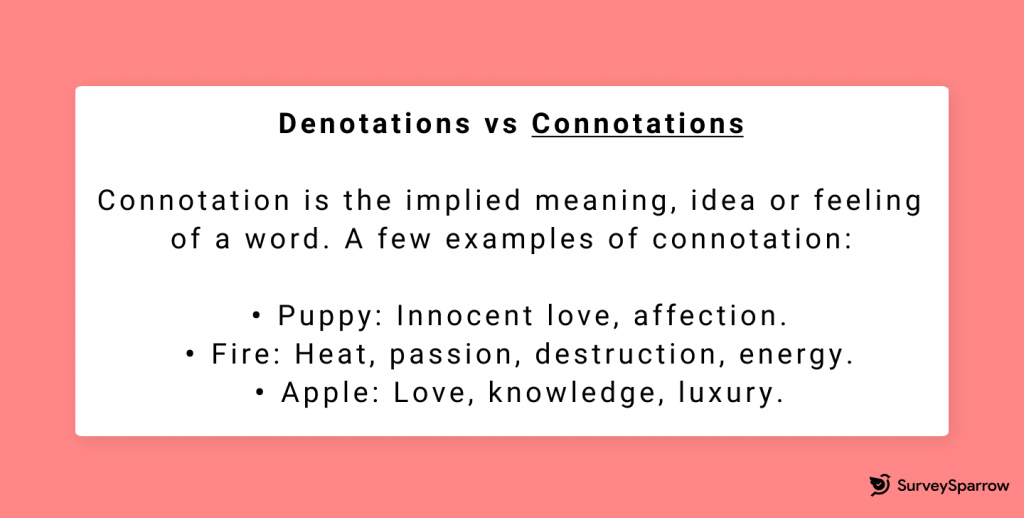
How to use semantic differential scale?
We use a semantic scale to gauge our perceptions about a particular subject – including feelings and ideas.
Semantic differential scale makes it possible to logically measure emotional aspects like an individual’s experience, satisfaction, feelings, or outlook.
While traditional semantic differential scales offer valuable insights, creating and managing them can be cumbersome. Perhaps SurveySparrow can help you.
With the platform, you can create interactive surveys that dig into people’s feelings and attitudes towards anything – whether it’s a product, service, or even a new idea. It’s like having a window into people’s minds and hearts!
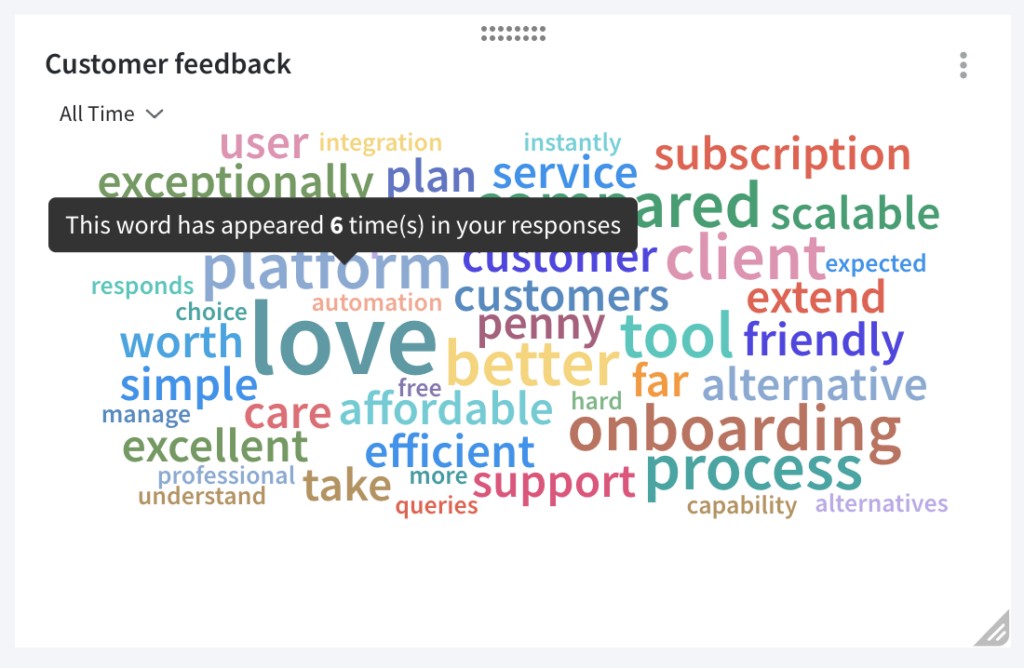
Also, use the word cloud to better understand the “why” behind the ratings, pinpointing specific areas for improvement.
Why don’t you try it today?
A personalized walkthrough by our experts. No strings attached!
Now, let’s look at some question types to understand the concept better.
Semantic differential scale examples
Slider rating scale
In this type, the question features a graphical slider. It offers an interactive way for the respondent to answer the differential scale question.
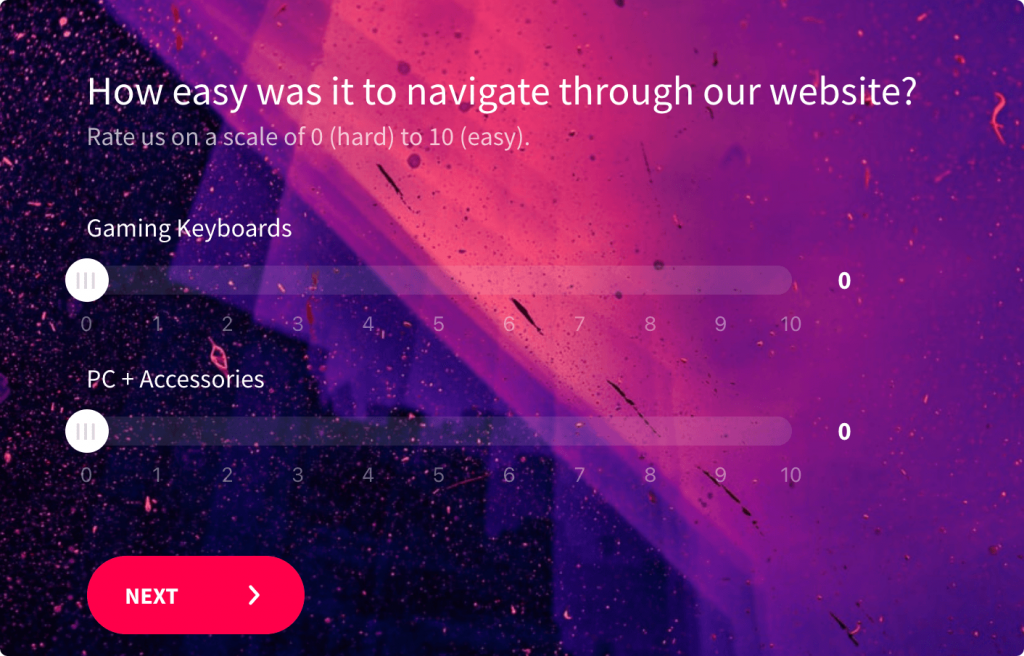
Non-slider rating scale
This type of semantic scale uses radio buttons. Non-slider rating scales are used when there are two or more answer options that are mutually exclusive. So the user must pick one choice only; clicking an unselected radion button will deselect the previously clicked button.
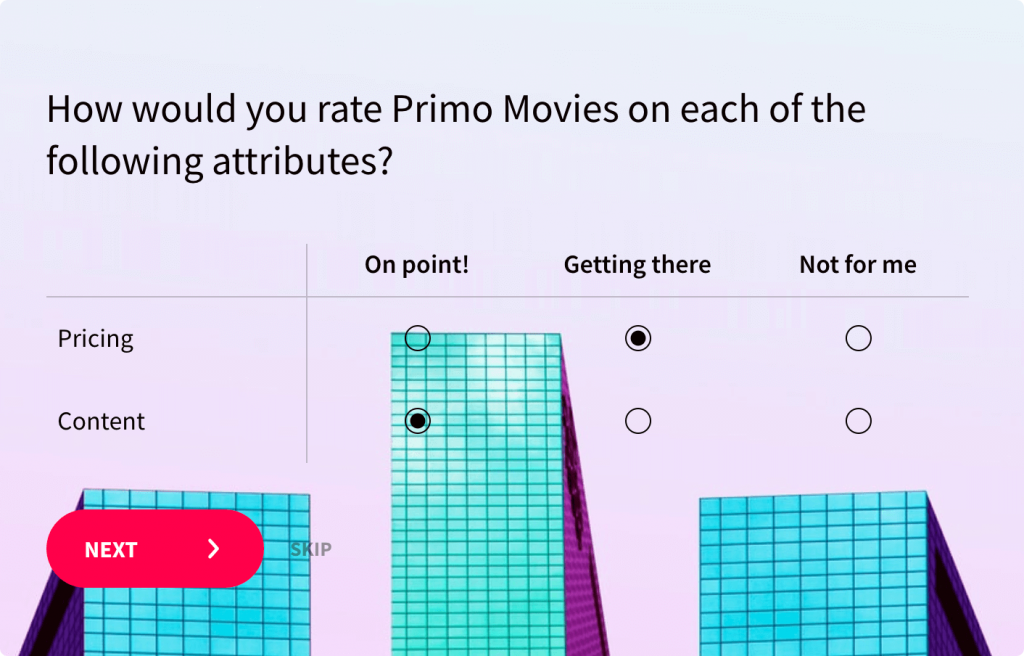
Open-ended questions
This question type gives the respondents ample space to express their thoughts about the brand or a particular touchpoint. What’s more, open-ended responses are helpful for text and sentiment analysis.
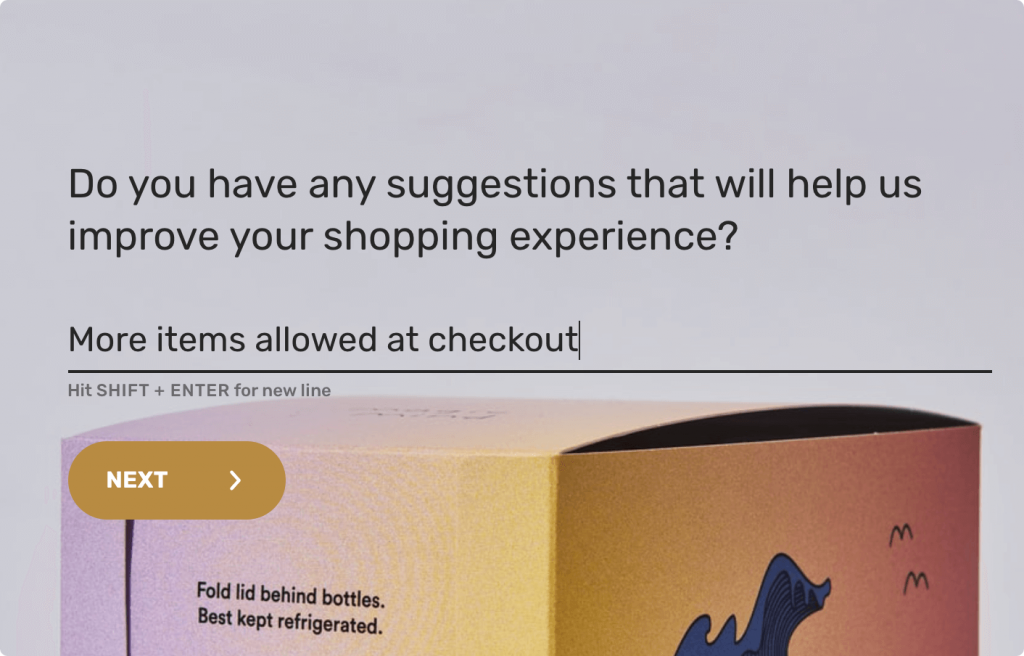
Ordering
In the ordering type question (also known as the rank order question) respondents can rank the options for a specific variable.
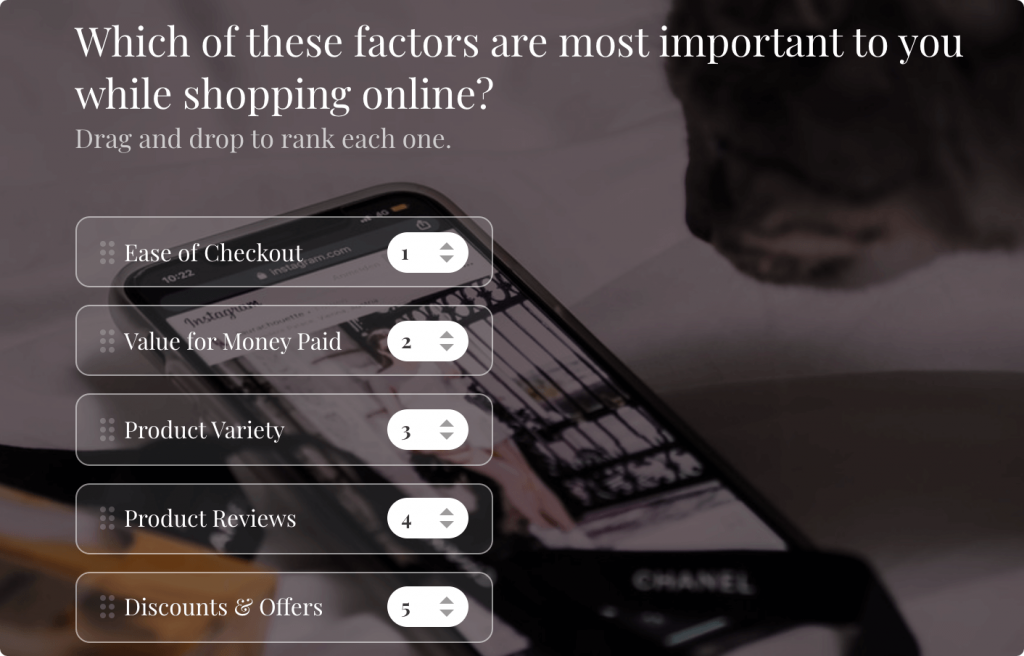
Satisfaction rating:
In one of the easiest ways for customers to respond, this type of question uses emojis to express values.
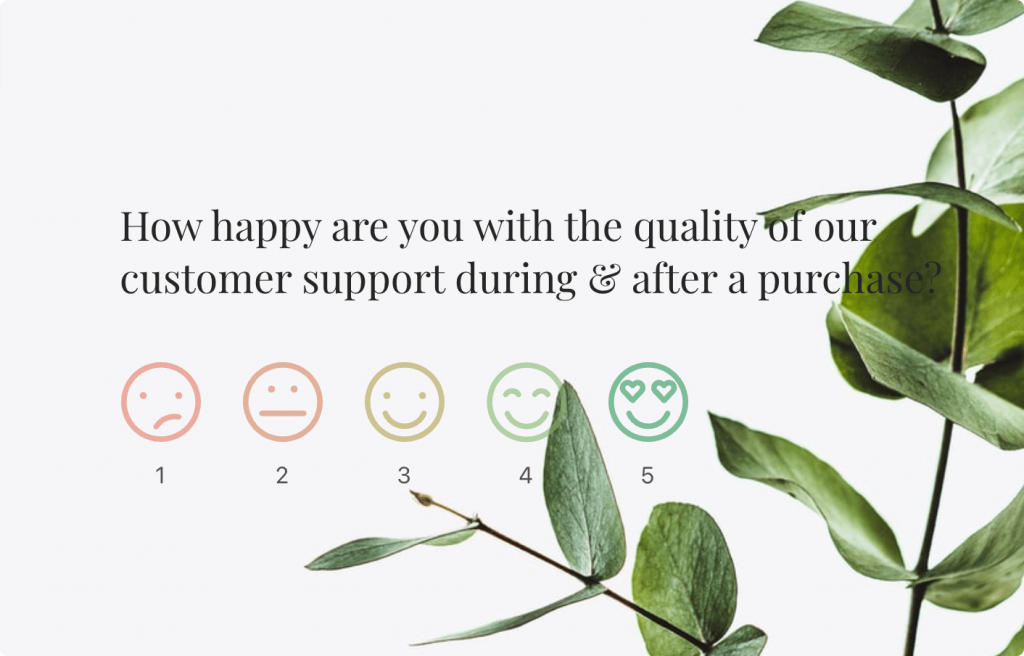
Difference between Semantic Differential Scale vs Likert Scale
Many people confuse semantic differential scales with Likert scales, but they measure fundamentally different aspects of customer sentiment:
Feature | Semantic Differential Scale | Likert Scale |
|---|---|---|
What it measures | Feelings and emotional responses | Agreement or disagreement with statements |
Structure | Bipolar adjective pairs (Good—Bad) | Agreement levels (Strongly Agree—Strongly Disagree) |
Flexibility | Measures multiple emotional dimensions | Limited to measuring agreement |
Neutrality | Middle point represents neutrality between concepts | Middle point represents explicit neutrality (“Neither agree nor disagree”) |
Data quality | Often generates more nuanced emotional data | Provides clearer quantitative data for specific statements |
Example | Product: Beautiful ○ ○ ○ ○ ○ Ugly | Statement: “This product is beautiful” (Strongly Agree to Strongly Disagree) |
While Likert scales excel at measuring specific opinions, semantic differential scales shows the emotions behind those opinions. That gives you insights into why customers feel the way they do.


Semantic differential scale: Advantages
#1. An accurate picture
Since a semantic differential scale questionnaire is easy to take, the respondents often answer in more detail. As a result, it leads to more accurate and statistically significant results.
#2. Easy to make
As a survey question, it is easy to craft. However, since the the answers are subjective, watch out for any inherent bias while framing the answer options.
#3. Emotional insights
Emotions decide loyalty. This loyalty plays a crucial role in purchase decisions, recruitment, customer and employee retention, and brand value. Thus, semantic scales help you measure the emotions that underlie loyalty and dissatisfaction. This is powerful information indeed.
#4 Use cases
Because attitudes underlie everything, the uses of semantic scales are potentially limitless. Some examples include:
- Market research
- Academic research
- Brand perception surveys
- Psychological evaluations
- Customer satisfaction surveys
- Employee pulse surveys
- Opinion polls, and more
Through software like SurveySparrow, businesses accordingly use this scale to measure products, services, organizations, experiences, ads, and more. You can create your own with a free account.
How to make an effective semantic scale questionnaire to measure customer feedback
- Choose the EPA metrics to be measured.
- Choose a survey software and create an appropriate design.
- Avoid question bias. Use a balance of positive and negative adjectives.
- Use the proper adjectives.
- Keep alternatives handy.
- Don’t overwhelm the respondent with too many options or restrict them with too few options. A mix of 5-7 options is ideal.
- Share on a variety of channels.
- Analyze your findings.
What’s more, you can use different filters and widgets on the dashboard of the online survey tool to view specific results. For example, you can view trend analysis and see if any patterns deserve your attention.
When to use semantic differential scale?
You can use a semantic differential scale for a variety of reasons, but primarily for the following:
- Gain a deeper understanding of the customer’s attitudes, affinity, and goals.
- Understanding a specific part of your service in terms of satisfying your customer
Confused? Let’s walk you through an example.
When a customer’s response to a question about customer service is “bad”, but the overall satisfaction rating is “high”, the customer is happy with the product/service. But some aspects of the customer service did not meet their standards. So follow up with an open-ended question to find out more.
Wrapping up
Ready to use semantic differential scales in your feedback strategy? Here’s how to get started today:
Determine exactly what emotional dimensions you want to understand about your product, service, or brand.
Choose a survey platform that supports semantic differential scales with robust analytics capabilities.
Start with a focused scale targeting a specific aspect of customer experience where emotional insights would be most valuable.
Test to a small sample, analyze results, and refine your approach before full implementation.
Combine semantic differential data with other customer feedback channels for a complete view of customer sentiment.
SurveySparrow makes this process seamless with its intuitive survey builder, engaging question formats, and powerful analytics. Our platform transforms complex semantic differential scales into interactive experiences that respondents actually enjoy completing.
For those looking to understand their customers’ attitudes, the semantic scale is a powerful tool that can be framed in different ways. While it requires a bit of care to avoid questioner’s bias, it is well worth the effort. That’s because the results can help you bring about the changes you need to increase customer loyalty. After all, in the words of Shep Hyken:
People think of loyalty as customers for a lifetime. But it’s really much simpler than that. It’s about the next time, every time.
Start 14 Days free trial

Kate Williams
Excels in empowering visionary companies through storytelling and strategic go-to-market planning. With extensive experience in product marketing and customer experience management, she is an accomplished author, podcast host, and mentor, sharing her expertise across diverse platforms and audiences.
Frequently Asked Questions (FAQs)
A semantic differential scale is a type of rating scale used to measure attitudes or feelings toward a specific subject. It uses bipolar adjective pairs (e.g., “happy” vs. “sad”) and asks respondents to rate where their opinion falls between the two extremes.
While a Likert scale measures the degree of agreement or disagreement, a semantic differential scale captures the emotional intensity behind attitudes, giving a more nuanced picture of how respondents truly feel about a subject.
Ideally, your scale should have 5 to 7 points. This range allows respondents to clearly indicate their feelings while still providing enough detail for analysis. Too few points may oversimplify results, while too many may confuse respondents.
Yes, absolutely! Semantic differential scales are perfect for gauging customer satisfaction as they provide deeper insight into how customers feel about your product, service, or experience, beyond just a simple rating.
Related Articles

Knowledge
ANOVA: The Comprehensive Guide to Analysis of Variance
10 MINUTES
19 September 2023

Best Of
12 Reading Interest Survey Questions To Ask Students + Sample Questionnaire
13 MINUTES
28 June 2021

Best Of
Remote Team Communication: 5 Actionable Tips You Should Be Armed With
9 MINUTES
21 March 2021

Best Of
Top 21 Marketing Agency Partner Programs for 2025
10 MINUTES
16 March 2019
